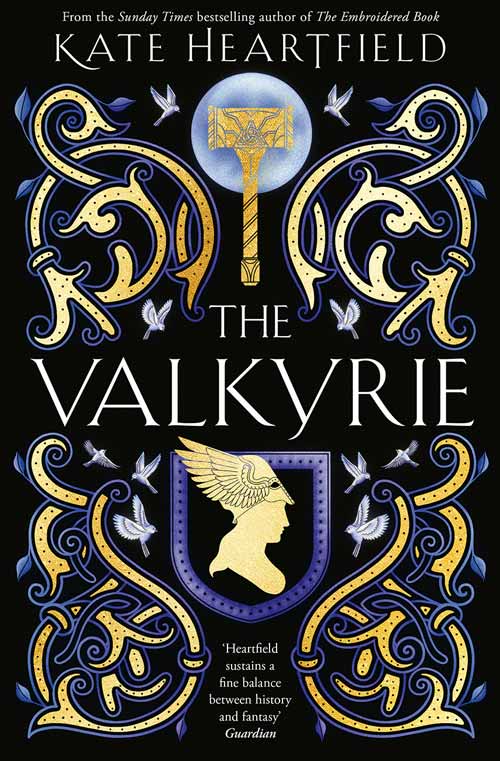The Devil Aspect
Prague, 1935. Hrad Orlů Asylum, an ancient hilltop fortress reputedly built to plug the mouth of Hell, once imprisoned the demonic Jan of the Black Heart but now serves as a maximum-security psychiatric hospital confining the Devil’s Six, Czechoslovakia’s most notorious murderers. Because the inmates believe that the Devil either coerced them to kill or eviscerated their victims himself, psychiatrist Viktor Kosárek sets out to determine whether their psychopathy confirms his “Devil’s Aspect” theory: that evil resides in the psyche and can therefore be excised, or at least contained.
After administering drugs that “strip away the ego,” Kosárek interviews The Vegetarian, The Woodcutter, The Sciomancer, The Glass Collector, The Clown, and The Demon, who recount both their crimes and the factors that induced them to kill. But only when those drugs bring his patients to the brink of death does Kosárek begin to find answers. Meanwhile, just outside the fortress walls, women are still being murdered in Jack-the-Ripper style, and police investigator Lukáš Smolák has arrested a suspect who claims the Devil committed the murders.
The book’s setting and premise make for engrossing reading until the author’s hand begins to show. Egosyntonic and egodystonic behavior, coupled with theories of transdimensional resonances (ghosts), collide with myriad Slavic demon myths including Černobog, the Black God; Veles, the Dark Lord of the Underworld; and Kostej the Deathless. Countless iterations of shadow, darkness, and forest metaphors fill the remaining spaces in this dense narrative, which also provides a lukewarm romantic subplot and brooding backstories of suicide, animal slaughter, and child rape.
Throw in dreams foreshadowing Nazi occupation, and by Chapter 65, story is eclipsed by device. Twenty-two chapters later, what began as a promising thriller ends in a wild yet somehow laborious ride, its two-chapter epilogue dead weight despite an elegant twist.










